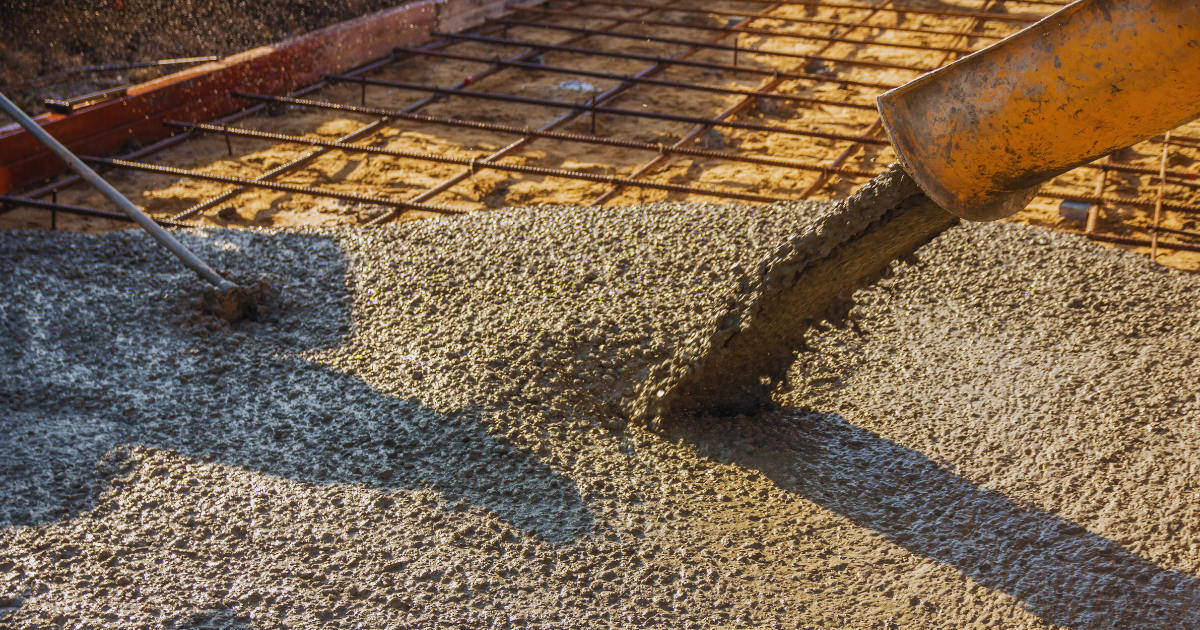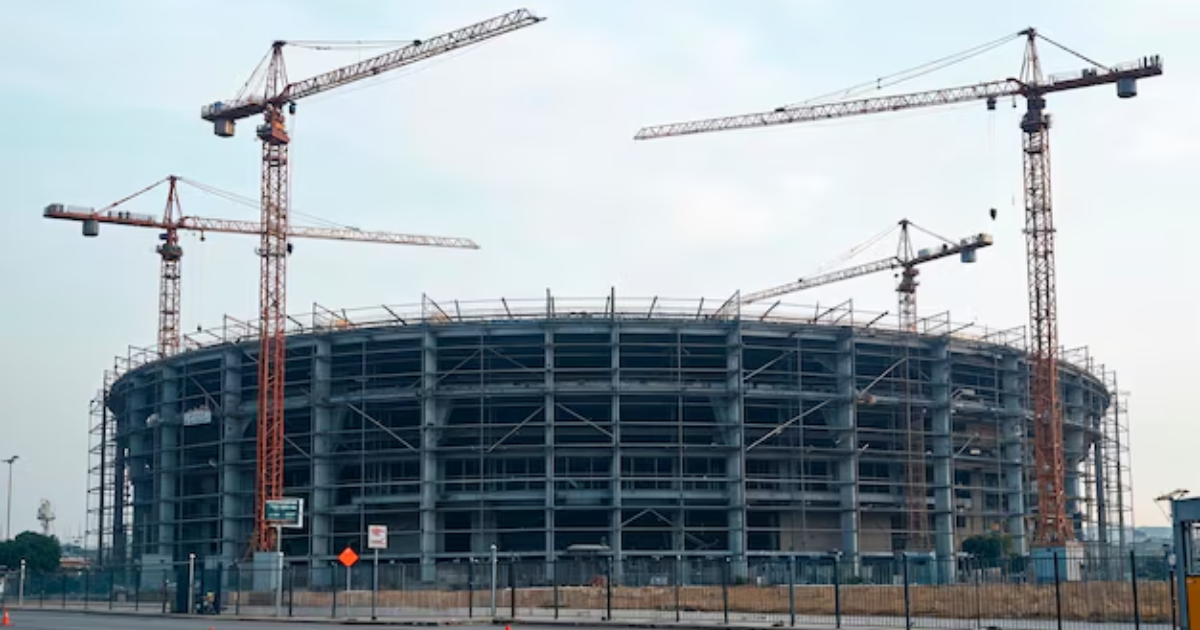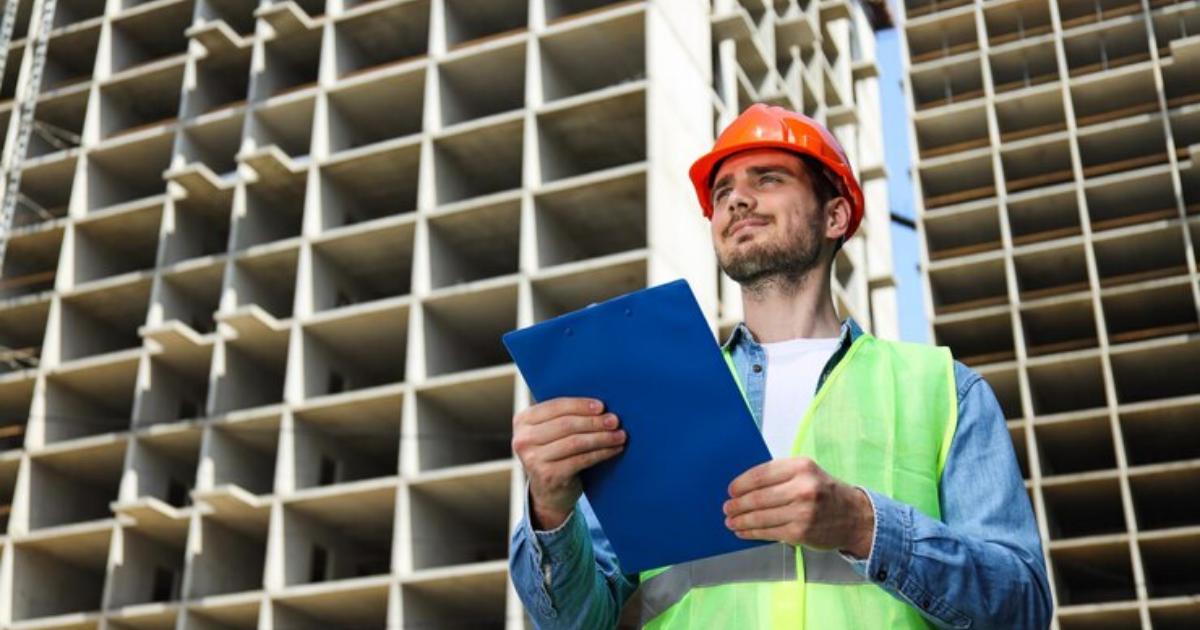Ready-Mix Concrete (RMC) has revolutionized the construction industry by offering a consistent, efficient, and reliable solution for modern building needs. However, the quality of RMC is significantly influenced by the materials used in its production. Understanding the impact of material selection on RMC quality is crucial for ensuring the success and durability of construction projects.
What Defines RMC Quality?
RMC quality is measured by its strength, durability, workability, and resistance to environmental factors. High-quality RMC not only ensures the structural integrity of buildings but also minimizes maintenance costs and extends the lifespan of constructions.
The following parameters are critical in determining the quality of RMC:
- Compressive strength.
- Uniformity in composition.
- Resistance to water and chemical ingress.
- Adequate workability for ease of placement.
Each of these characteristics depends heavily on the materials selected and their proportions in the concrete mix.
Key Materials Influencing RMC Quality
1. Cement
Cement is the primary binding agent in RMC, and its properties significantly affect RMC quality:
- Type of Cement: Ordinary Portland Cement (OPC), Portland Pozzolana Cement (PPC), and others have different performance characteristics. OPC is preferred for strength, while PPC is more durable in aggressive environments.
- Fineness: Finely ground cement enhances the binding properties, improving both strength and durability.
- Storage Conditions: Proper storage of cement ensures its chemical integrity, which is essential for high-quality RMC production.
2. Aggregates
Aggregates form the bulk of the concrete mix and directly influence its structural performance:
- Type of Aggregates: Both fine (sand) and coarse aggregates should meet specified grading requirements to achieve a well-balanced mix.
- Size and Shape: Rounded aggregates improve workability, while angular aggregates enhance strength by providing better interlocking.
- Cleanliness: Impurities such as silt or clay can weaken the bond between cement and aggregates, adversely affecting RMC quality.
3. Water
Water quality and quantity play a pivotal role in achieving the desired properties of RMC:
- Purity: Contaminants like chlorides, sulfates, or oil can disrupt the chemical reactions within the mix, compromising strength and durability.
- Water-to-Cement Ratio (W/C): Maintaining an optimal W/C ratio is critical. A higher ratio improves workability but reduces strength, while a lower ratio enhances strength but may affect placement.
4. Admixtures
Chemical and mineral admixtures are added to RMC to modify its properties:
- Plasticizers and Superplasticizers: Improve workability without increasing the water content.
- Air-Entraining Agents: Enhance resistance to freeze-thaw cycles, critical for cold climates.
- Pozzolanic Materials: Fly ash or silica fume increases durability and reduces permeability.
Proper selection and proportioning of admixtures ensure that the RMC meets specific project requirements without compromising quality.
The Role of Material Testing in Ensuring RMC Quality
Thorough testing of raw materials is essential to ensure that they meet the required specifications:
- Aggregate Testing: Includes sieve analysis, impact resistance, and water absorption tests.
- Cement Testing: Involves checking for fineness, setting time, and compressive strength.
- Water Testing: Determines pH levels and identifies harmful impurities.
Regular quality checks during RMC production are crucial for consistency and reliability.
Challenges in Material Selection for RMC
Despite the advancements in technology, challenges in material selection persist:
- Resource Availability: Sourcing high-quality raw materials can be difficult, especially in remote areas.
- Cost Constraints: Balancing cost-efficiency with quality is a common issue in large-scale projects.
- Environmental Impact: Choosing sustainable materials that align with environmental regulations without compromising RMC quality requires innovative solutions.
Best Practices for Enhancing RMC Quality Through Material Selection
To ensure the best possible RMC quality, consider the following best practices:
- Source Reliability: Work with trusted suppliers who adhere to industry standards.
- Batch-to-Batch Consistency: Use automated systems to maintain uniformity in material proportions.
- Sustainability: Opt for eco-friendly materials like recycled aggregates or supplementary cementitious materials.
- On-Site Monitoring: Conduct regular inspections and tests to detect inconsistencies early.
Case Study: Improving RMC Quality Through Superior Material Selection
A high-rise construction project in a coastal region faced challenges due to aggressive environmental conditions. By selecting sulfate-resistant cement, washed aggregates, and air-entraining admixtures, the project team achieved:
- Enhanced durability against saline water.
- Improved workability for faster placement.
- Long-term cost savings through reduced maintenance needs.
This case highlights the importance of tailoring material selection to specific project requirements to optimize RMC quality.
Future Trends in Material Selection for RMC
As the construction industry moves toward sustainability and efficiency, material selection for RMC is evolving:
- Nano Materials: Nano-silica and other nanotechnology-based materials improve strength and reduce permeability.
- Recycled Aggregates: Promote environmental sustainability without compromising performance.
- Smart Admixtures: Enable real-time adjustments to mix properties based on site conditions.
These innovations promise to further enhance the quality and versatility of RMC in the coming years.
Conclusion
Material selection is the cornerstone of producing high-quality RMC. From cement and aggregates to water and admixtures, every component plays a critical role in determining the final performance of the concrete. By prioritizing proper selection, testing, and monitoring, builders and engineers can ensure that their RMC meets the highest standards, providing a reliable and durable solution for diverse construction needs.
Investing in superior materials for RMC quality not only guarantees the success of a project but also aligns with long-term goals of sustainability, efficiency, and structural excellence. As the industry continues to innovate, the potential for achieving even higher standards in RMC production is boundless.






